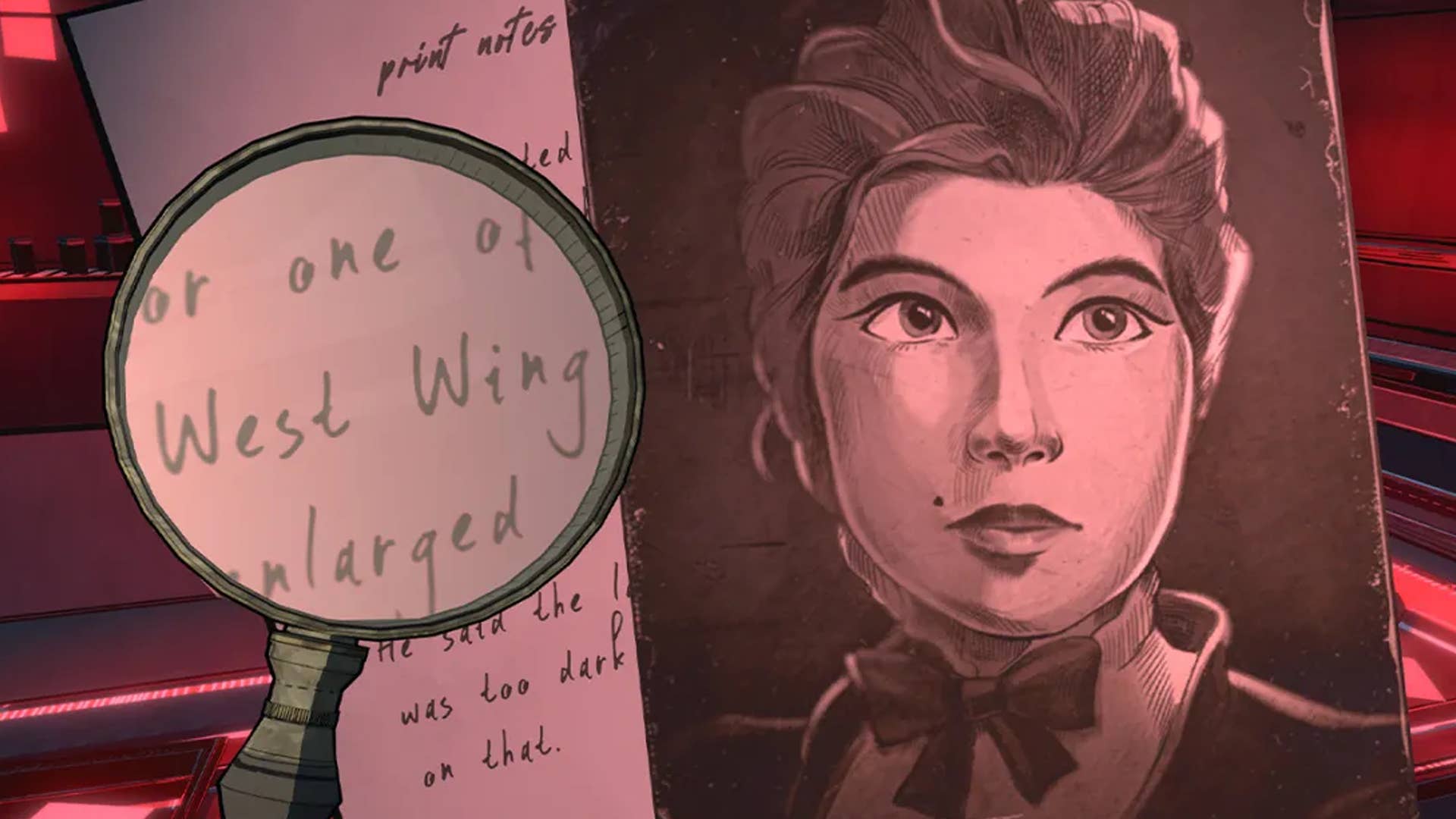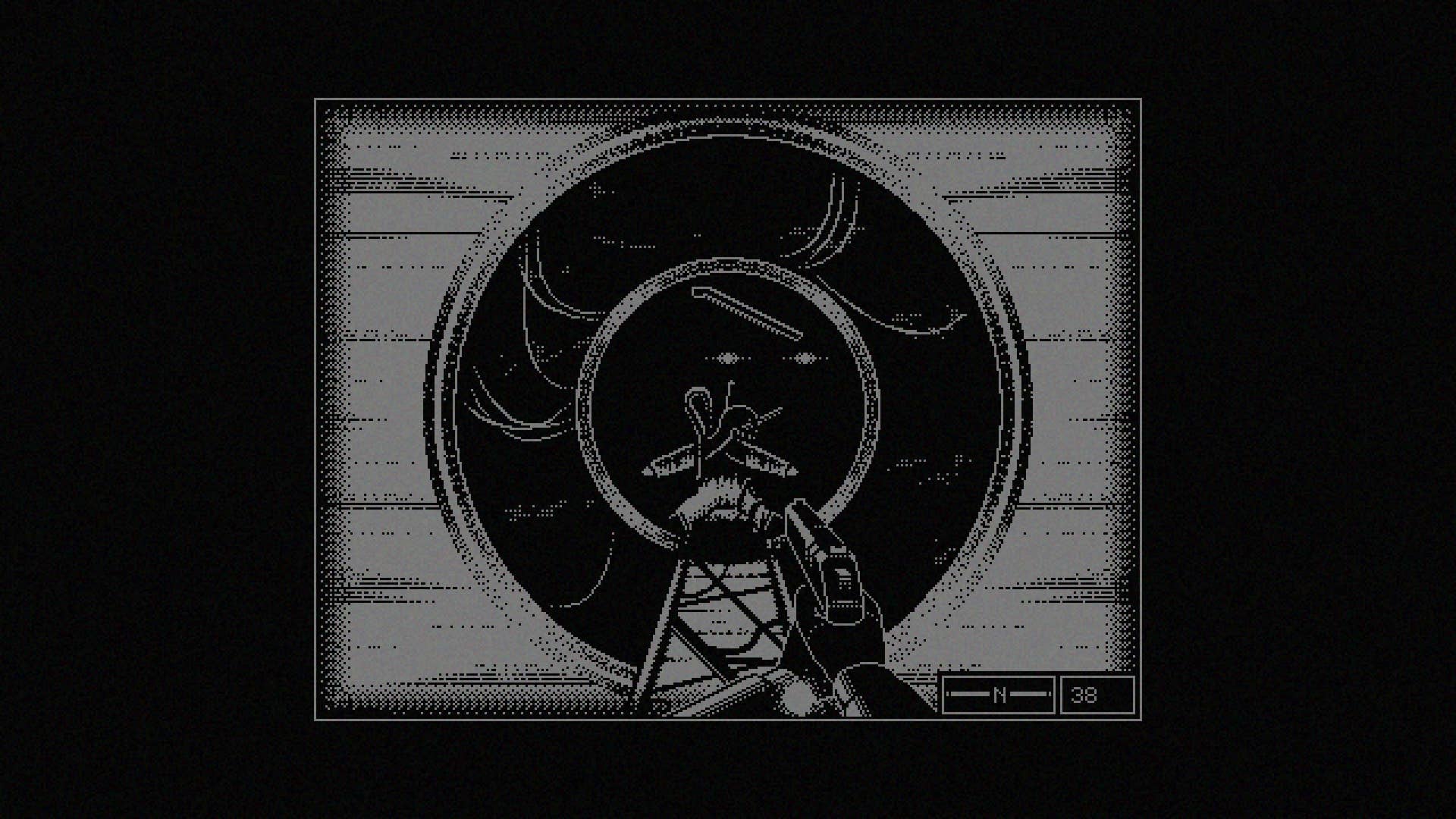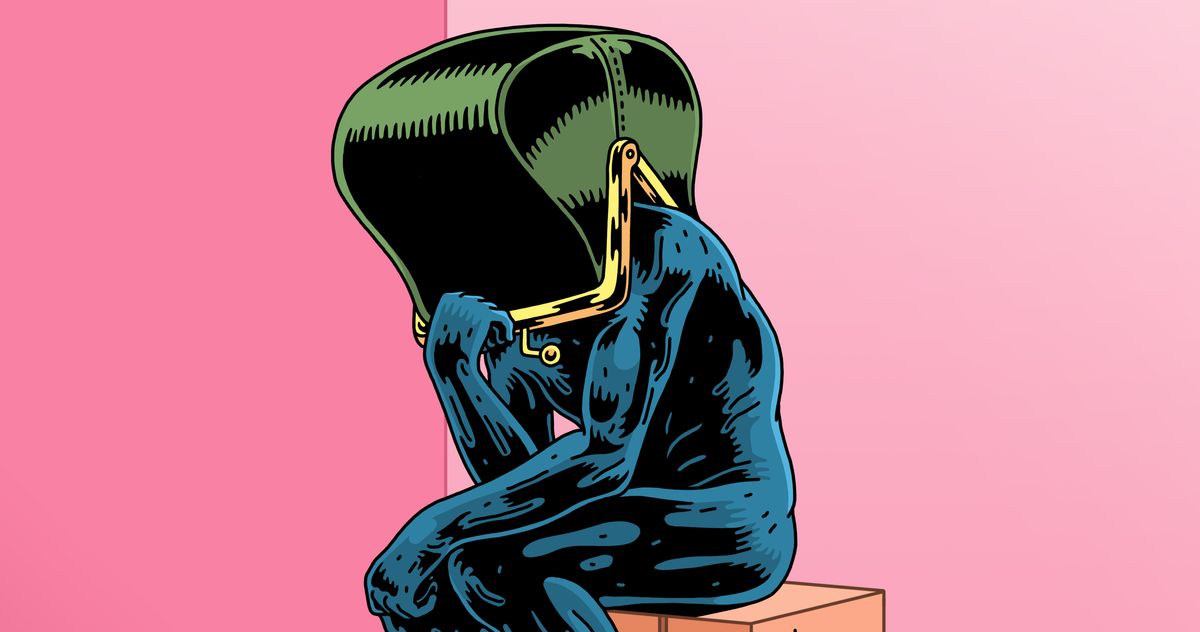Gabrielle Petit Statue in Brussels, Belgium
Gabrielle Alina Eugenia Maria Petit was born on February 20, 1893, to working-class parents in Tournai, Hainaut. She was living in Brussels as a saleswoman when the First World War broke out, and immediately volunteered to serve with the Belgian Red Cross. In 1914, Petit helped her wounded fiancé cross the border into the neutral Netherlands to reunite with his regiment, and in the process passed some valuable information about the Imperial German Army along to the British. Seeing her potential as a secret agent, MI1 (which would later develop into MI6) soon hired her and sent her to spy on Germans after brief training. Petit's career in espionage lasted for less than two years, during which time she collected information, assisted the underground mail service Mot du Soldat, and helped soldiers cross the Dutch border. Her fate, however, was not quite to be a real-life James Bond. In 1916, she befriended a German agent posing as a Dutchman, who exposed her identity to the military police. She was arrested, tried and convicted as a spy, sentenced to death. Petit's bravery did not falter even during her trial, and she refused to reveal the identities of her fellow agents despite offers of amnesty. On April 1, 1916, she was shot by a firing squad in Schaerbeek and died at the age of 23. Her alleged last words were: "I will show them that a Belgian woman knows how to die. Long live the King! Long live Belgium!" After the war, Petit's story began to circulate and the brave young agent was praised as a national martyr. In May 1919, a state funeral was held for her, attended by the Queen, and her remains were buried with full military honors. A life-size bronze statue of her was also erected at Place Saint-Jean in her honor in 1923, created by Égide Rombaux, the first sculpture to be dedicated to a working-class woman.


Gabrielle Alina Eugenia Maria Petit was born on February 20, 1893, to working-class parents in Tournai, Hainaut. She was living in Brussels as a saleswoman when the First World War broke out, and immediately volunteered to serve with the Belgian Red Cross.
In 1914, Petit helped her wounded fiancé cross the border into the neutral Netherlands to reunite with his regiment, and in the process passed some valuable information about the Imperial German Army along to the British. Seeing her potential as a secret agent, MI1 (which would later develop into MI6) soon hired her and sent her to spy on Germans after brief training.
Petit's career in espionage lasted for less than two years, during which time she collected information, assisted the underground mail service Mot du Soldat, and helped soldiers cross the Dutch border. Her fate, however, was not quite to be a real-life James Bond. In 1916, she befriended a German agent posing as a Dutchman, who exposed her identity to the military police. She was arrested, tried and convicted as a spy, sentenced to death.
Petit's bravery did not falter even during her trial, and she refused to reveal the identities of her fellow agents despite offers of amnesty. On April 1, 1916, she was shot by a firing squad in Schaerbeek and died at the age of 23. Her alleged last words were: "I will show them that a Belgian woman knows how to die. Long live the King! Long live Belgium!"
After the war, Petit's story began to circulate and the brave young agent was praised as a national martyr. In May 1919, a state funeral was held for her, attended by the Queen, and her remains were buried with full military honors. A life-size bronze statue of her was also erected at Place Saint-Jean in her honor in 1923, created by Égide Rombaux, the first sculpture to be dedicated to a working-class woman.
























































![Ultimate Blue Lock: Rivals Flow Guide and Tier List [IGAGURI] – All Flows & Their Buffs](https://www.destructoid.com/wp-content/uploads/2025/03/flow-tier-list-and-guide-blue-lock-rivals.png?quality=75)














































































































































































































